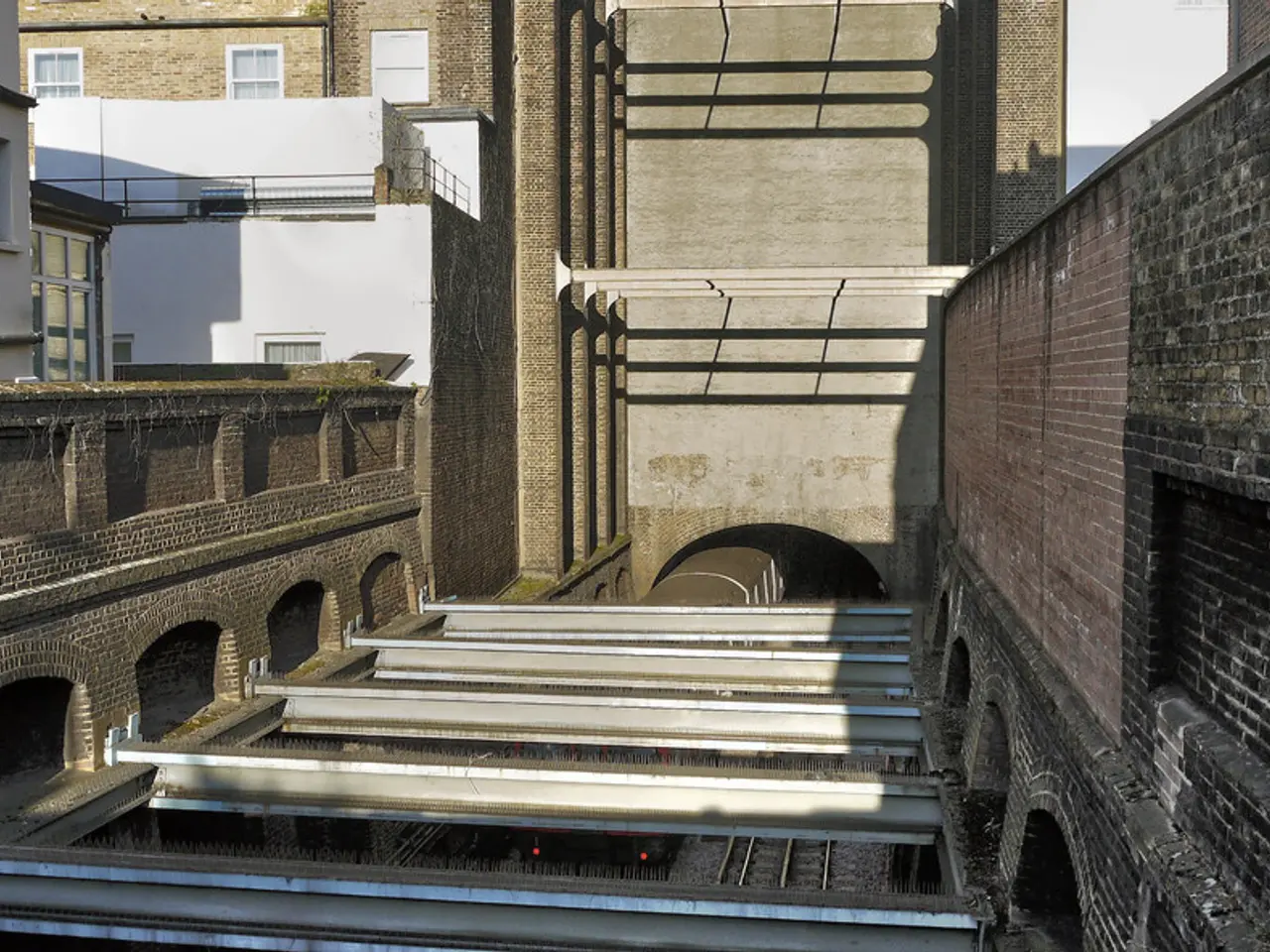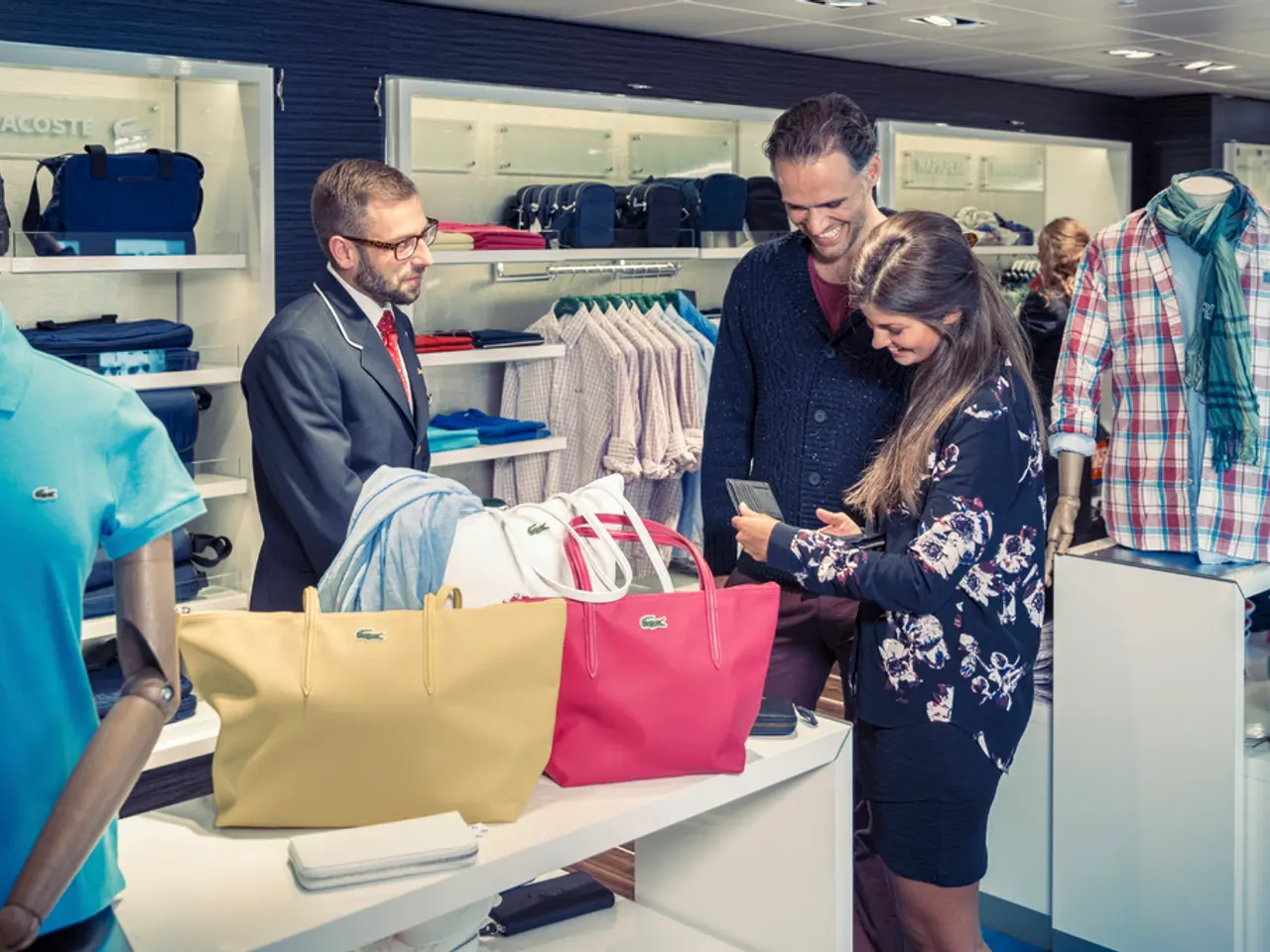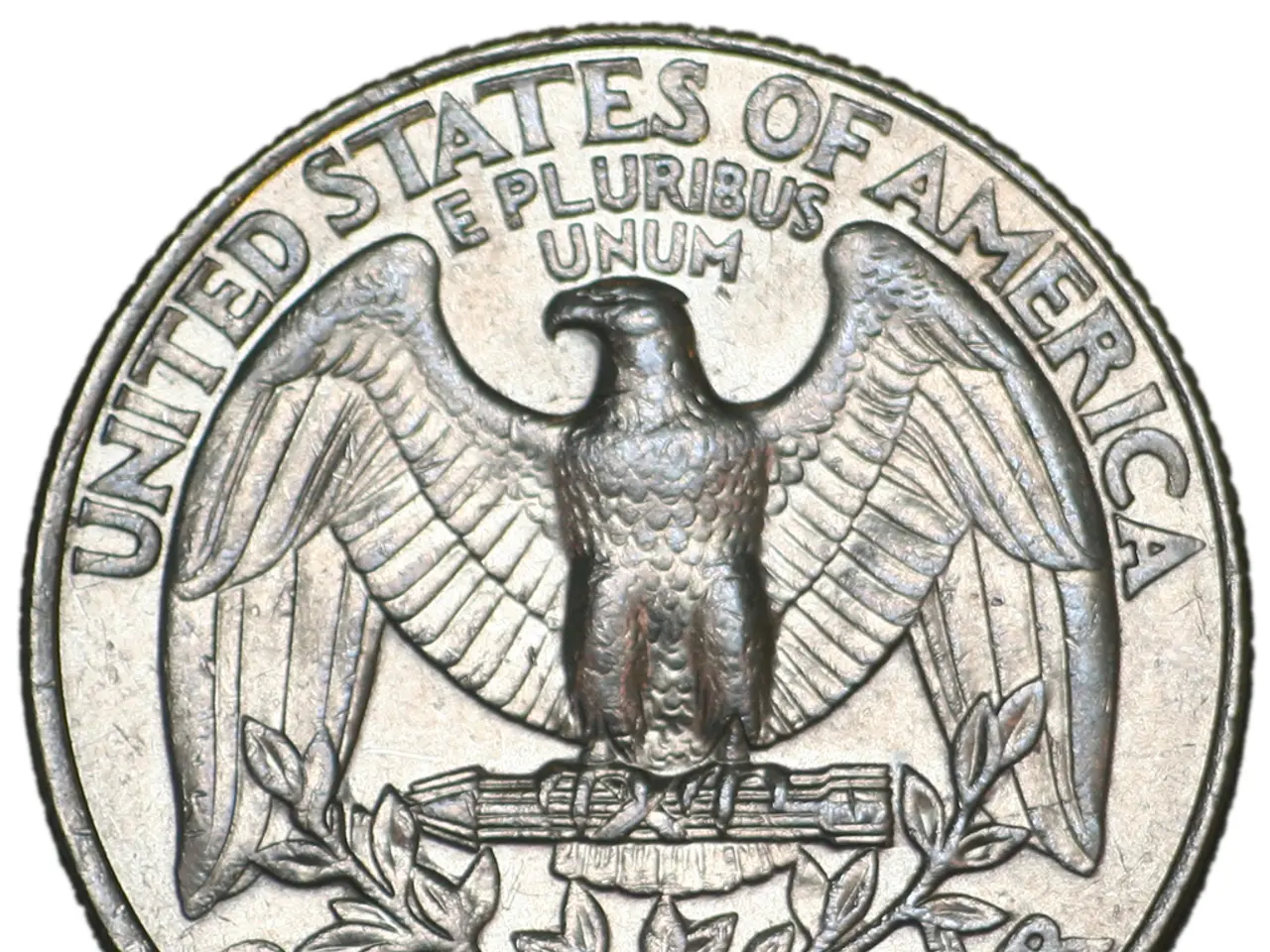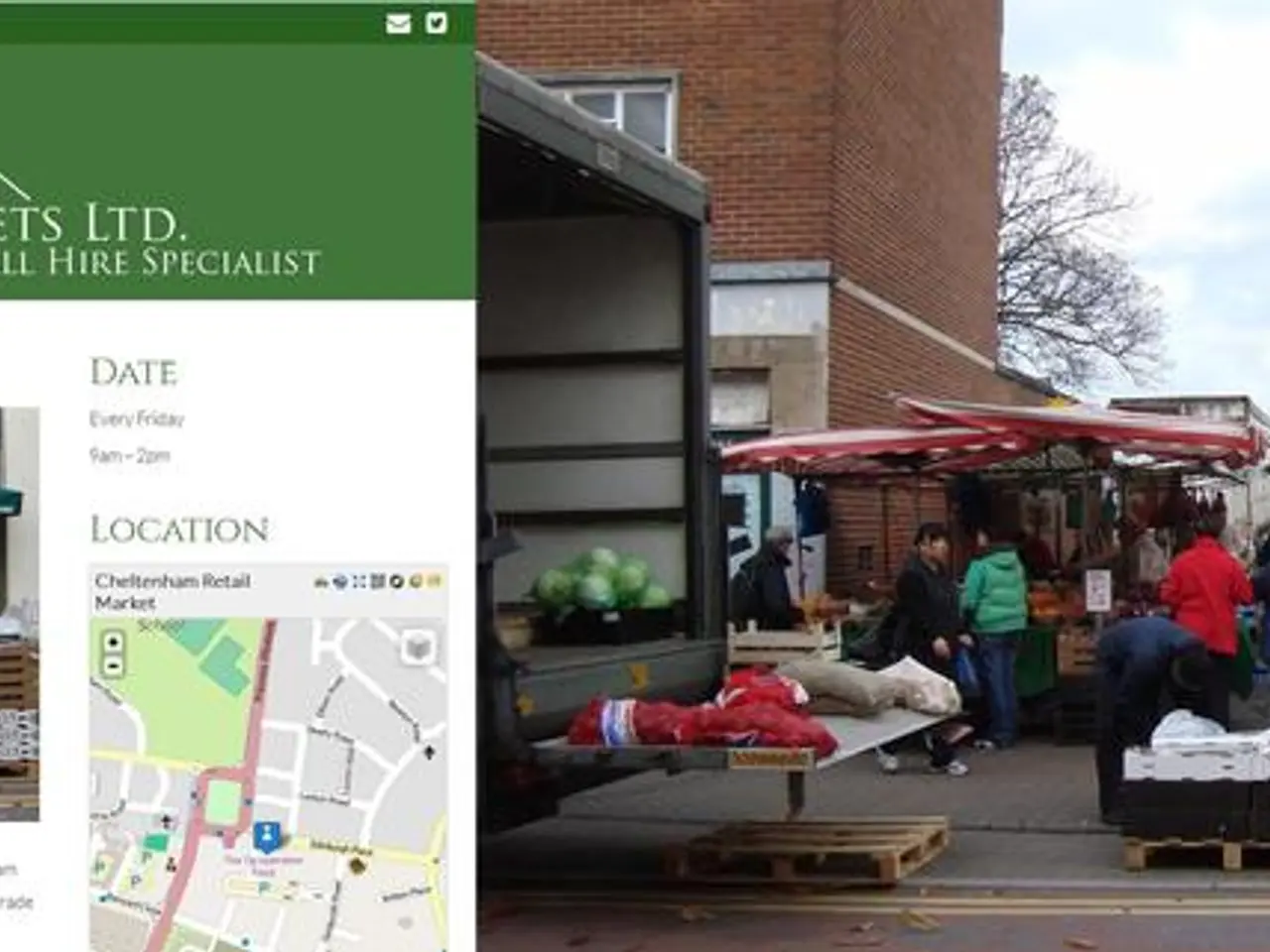Businessmen in Seville request construction of a third transportation line to access the Island of Two Sisters
In a bid to boost the industrial sector and attract new businesses, the president of the Seville Business Confederation (CES), Miguel Rus, has outlined a comprehensive strategy to improve transportation infrastructure in Dos Hermanas.
At the heart of this strategy is the Polígono de La Isla and Megapark area, which employs more than 5,500 people and houses over 250 companies. An impressive 60% of the 30 main companies in the municipality of Dos Hermanas, generating a combined revenue of 3.2 billion euros, are located within this industrial hub.
Rus stresses the importance of retaining the entire value chain for industries, such as olive oil and mining, within the region. To achieve this, he urges the urgent construction of the third lane on the AP-4 to improve efficiency, productivity, and the business sector.
Moreover, Rus believes that the industrial sector has become more united due to the concentration of companies during the first phase of the Trump Administration. He sees this as an opportunity to collaborate with the Junta and seek new markets abroad for business growth, with the collaboration of the Andalusia Trade office.
One of Rus's key initiatives is organizing specific commercial missions to countries with growth potential to stay ahead of potential problems. He also advocates for investments in commuter rail and high-speed rail networks, including a renovation of the AVE fleet.
A crucial aspect of Rus's strategy is the completion of Line 2 by 2026, which is necessary to access European funds. The railway connection to the airport from Santa Justa is not yet in service, which, according to Rus, is "unacceptable." He emphasizes the need for this connection to improve the efficiency of the region's transportation network.
To promote multimodal transport options for workers, the CES plans to facilitate integrated connections among existing transport modes such as buses, bikes, rail, and carpooling. This can include supporting bike infrastructure and shared mobility programs to ease first- and last-mile commutes.
The CES also aims to advocate investments in key transportation infrastructure relevant to Dos Hermanas industrial parks, such as enhancing the commuter rail connections, upgrading high-speed rail links, and creating dedicated links to the airport railway station.
In addition, the CES will collaborate with government and private sector stakeholders to support funding applications and public-private partnerships for commuter rail expansions and technological innovations. The involvement in infrastructure projects choosing community-driven and people-first designs may also inform improvements in Dos Hermanas.
The CES will also engage in regional conferences and summits to promote transportation infrastructure projects and highlight the benefits of improved intermodal connections for economic development in Dos Hermanas.
Lastly, the CES will support regulatory frameworks and safety initiatives that encourage safe multimodal transportation use, including cycling and electric mobility, to foster a culture of sustainable transport among workers.
In summary, the CES's strategy combines infrastructure investment, multimodal promotion, stakeholder collaboration, and regulatory support to improve transport accessibility and efficiency for Dos Hermanas’ industrial workforce, including the critical railway linkages to the airport and broader commuter and high-speed rail systems.
[1] Successful Precedents of Bike Infrastructure and E-Bike Subsidies
[2] Innovative Urban Planning Examples like BIG's Integration of Infrastructure and Public Spaces
[3] Tourism Innovation Summit in Seville
[4] Regulatory Frameworks Encouraging Safe Multimodal Transportation Use
[5] Safety Initiatives for Cycling and Electric Mobility
- The CES, in its strategy, looks to capitalize on successful precedents of bike infrastructure and e-bike subsidies, like those implemented in cities with thriving public-transit systems, to foster sustainable transportation options for Dos Hermanas' industrial workforce.
- In the pursuit of innovative urban planning, the CES is inspired by examples such as BIG's integration of infrastructure and public spaces, aiming to enhance transportation networks while creating inviting, people-centric environments in Dos Hermanas.
- Recognizing the potential of tourism as an economic driver, the CES is organizing the Tourism Innovation Summit in Seville to explore how improvements in transportation infrastructure could attract more visitors and boost the local economy.
- To further encourage safe multimodal transportation use, the CES is advocating for robust regulatory frameworks that support cycling and electric mobility, fostering a culture of sustainability among businesses and the general public.
- To ensure the safety of commuters using multimodal transportation, the CES will lend its support to initiatives focusing on cycling and electric mobility, implementing measures designed to protect the industrial workforce and promote a culture of safe transportation in Dos Hermanas.




